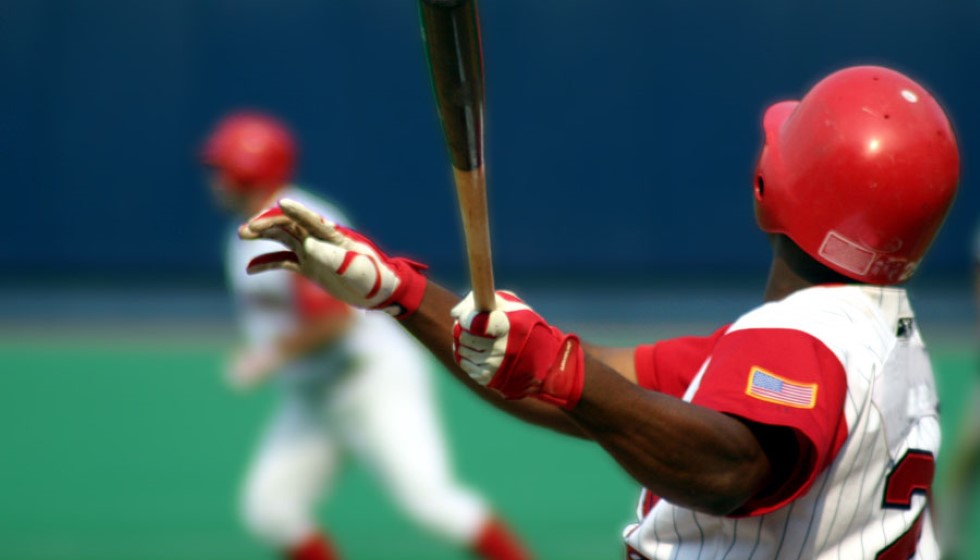
Baseball Legends on the Threshold of Immortality
As the baseball offseason thrusts us into a period of quiet anticipation, eyes turn towards the hallowed corridors of the Baseball Hall of Fame. The air is charged with expectancy as the Hall prepares to open its doors, potentially admitting a new cohort of baseball greats, evaluated by the Classic Baseball Era Committee. This assembly of seasoned professionals is tasked with the meticulous evaluation of individuals whose contributions to the sport were realized before 1980.
A Committee of Esteemed Evaluators
The Classic Baseball Era Committee brings together a panel of 16 respected voices from around the baseball community. This unique consortium is set to meet during the Winter Meetings on Sunday. Comprising Hall of Famers like Ozzie Smith, Lee Smith, Paul Molitor, Eddie Murray, Joe Torre, and Tony Pérez, alongside notable executives such as Sandy Alderson, Terry McGuirk, Dayton Moore, Arte Moreno, and Brian Sabean, the committee melds experience with diverse baseball insights.
Adding depth and historical perspective to the panel are media mavens and historians like Bob Elliot, Leslie Heaphy, Steve Hirdt, Dick Kaegel, and Larry Lester. Together, their task is formidable: to recognize greatness in candidates, who must garner at least 12 votes to join the pantheon of legends in Cooperstown.
The Close Calls and Near Misses
The emotional stories of those who hover on the edge of baseball immortality add an enticing layer to this annual tradition. Dick Allen, a name that reverberates with tales of batting prowess, twice came heartbreakingly close, missing induction by a solitary vote in both 2015 and 2022. This year presents another chance for Allen, and many others, to gain the validation of a Hall of Fame honor.
The Case for Parker and Other Contenders
Dave Parker, another formidable candidate, presents a career defined by impressive statistics. With a .290 batting average, 121 OPS+, and contributions of 2,712 hits, 526 doubles, 339 home runs, and 1,493 RBI, Parker's resume is bolstered further by three Gold Glove awards, evidence of his dual offensive and defensive talents.
Similarly, the names of Vic Harris and John Donaldson echo with tales of dominion over the diamond in the Negro Leagues. Harris brandishes a career slash line of .303/.370/.428, crowned by seven All-Star appearances and a 1948 Negro Leagues World Series victory as a manager.
Donaldson’s legacy is one of pioneering spirit and sporting excellence. “Donaldson pitched in the Negro Leagues and pre-Negro Leagues for more than 30 years, earning a reputation as one of the best pitchers in the game. Also playing the outfield and managing, Donaldson helped establish the barnstorming business model that was profitable for Black teams for decades,” as cited by the Baseball Hall of Fame itself. His impact transcends mere numbers, laying foundations for future generations.
The Pitchers' Plateau
Pitchers such as Luis Tiant and Tommy John add layers of intrigue to the discussion with storied careers marked by resilience and excellence. Tiant, holder of two ERA titles and a robust career record of 229-172 with a 3.30 ERA, exemplifies the consummate professional. At the same time, Tommy John's 288 victories, accompanied by a 3.34 ERA across over 4,700 innings, highlight his enduring presence on the mound.
The Versatile Boyer
Kenny Boyer encapsulates the essence of versatility and consistent brilliance. His accolades include an MVP award, complemented by five Gold Glove titles. Yet it’s Boyer’s career batting line of .287/.349/.462 that cements his status as a potential Hall of Fame worthy figure. Despite having been overlooked on six occasions within the committee process, Boyer's legacy remains under scrutiny, as advocates consider whether this winter might finally see his overdue enshrinement.
The Classic Baseball Era Committee's deliberations encapsulate not just statistics and accolades, but also the intangible legacies left by these icons of the sport. Each name represents not just an individual story, but a chapter of baseball itself, waiting to be acknowledged among the legends whose names echo through the halls of the Baseball Hall of Fame.